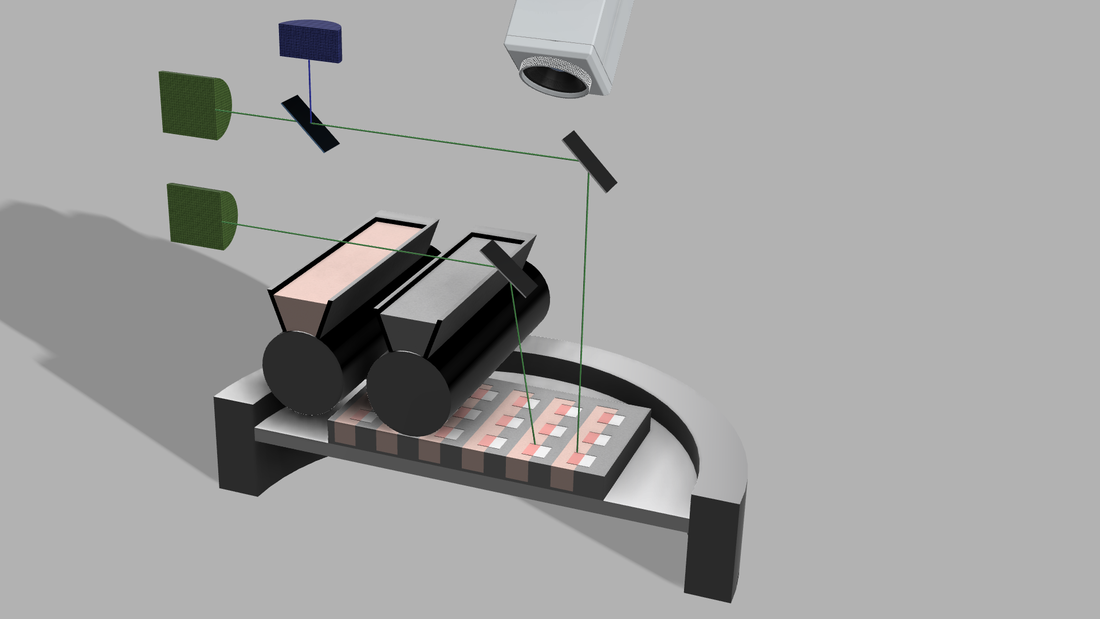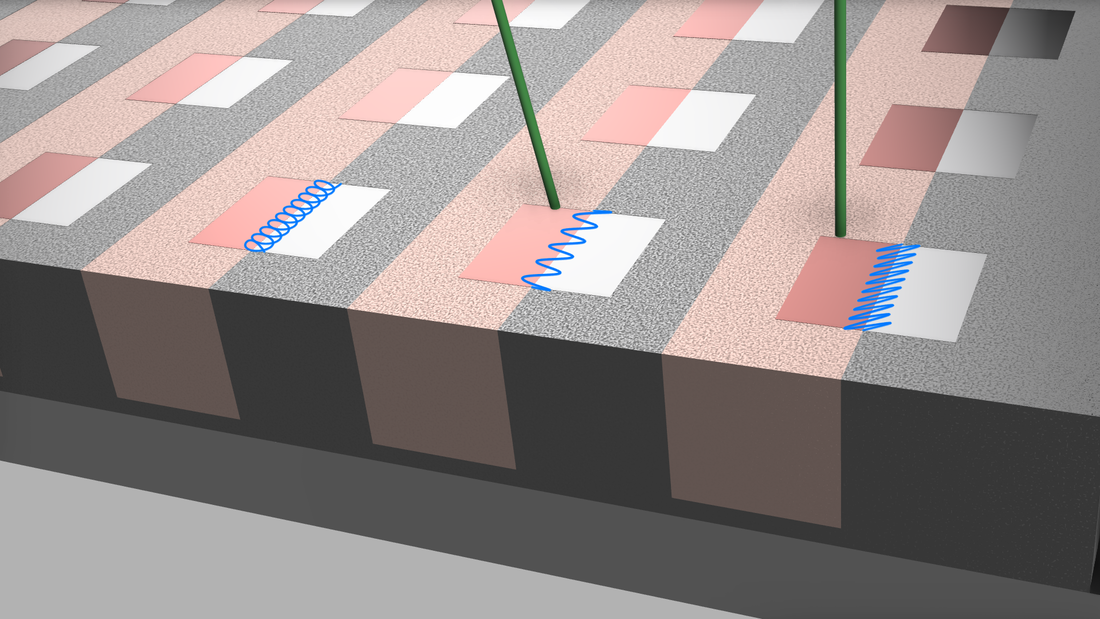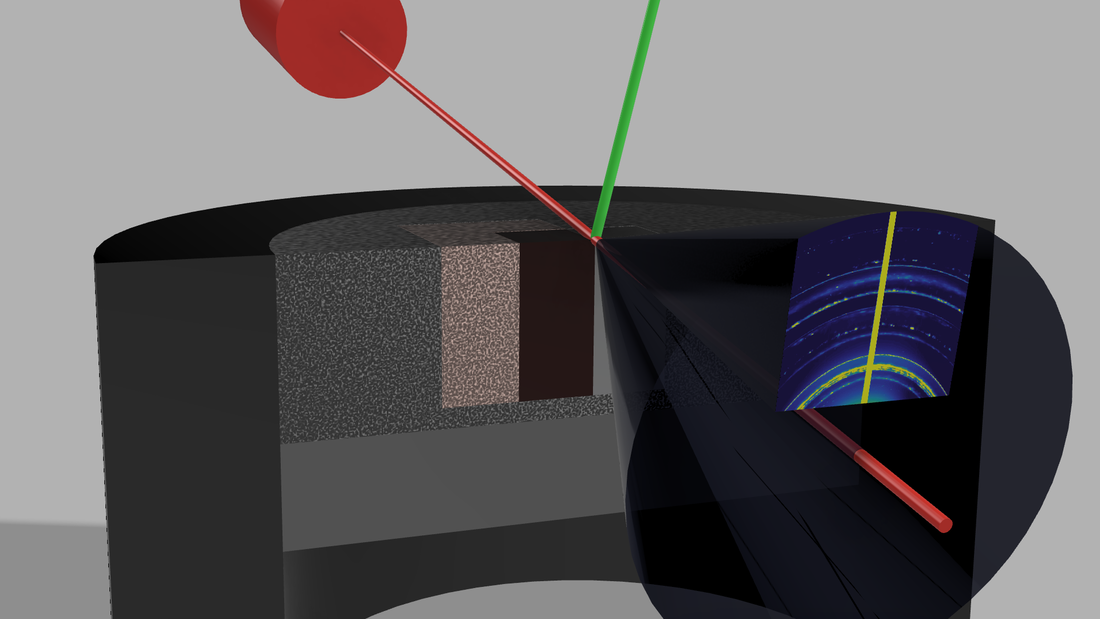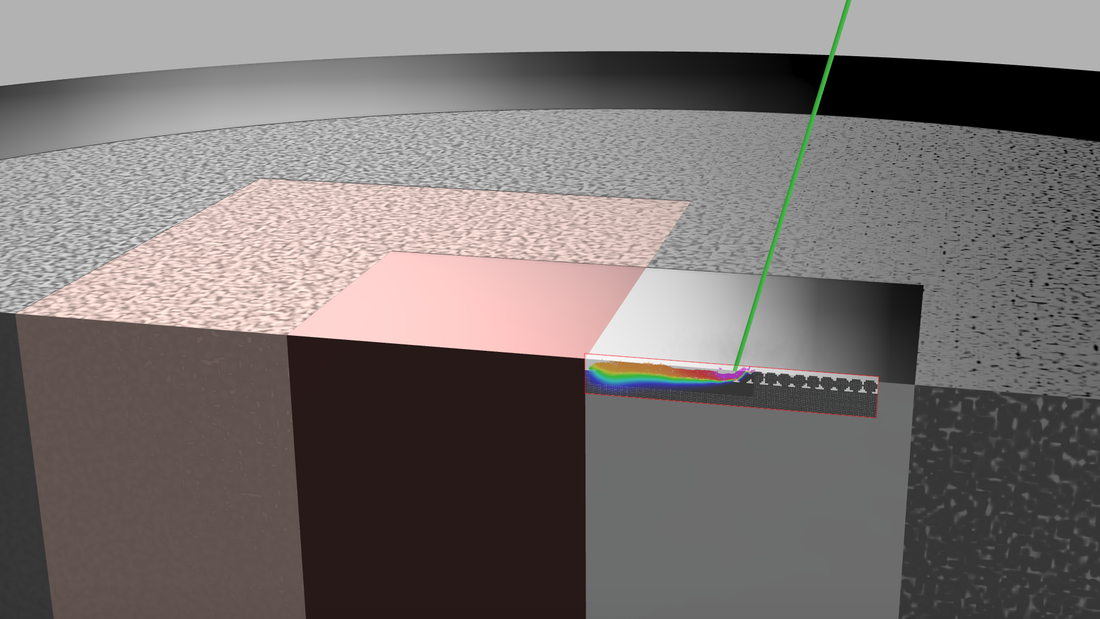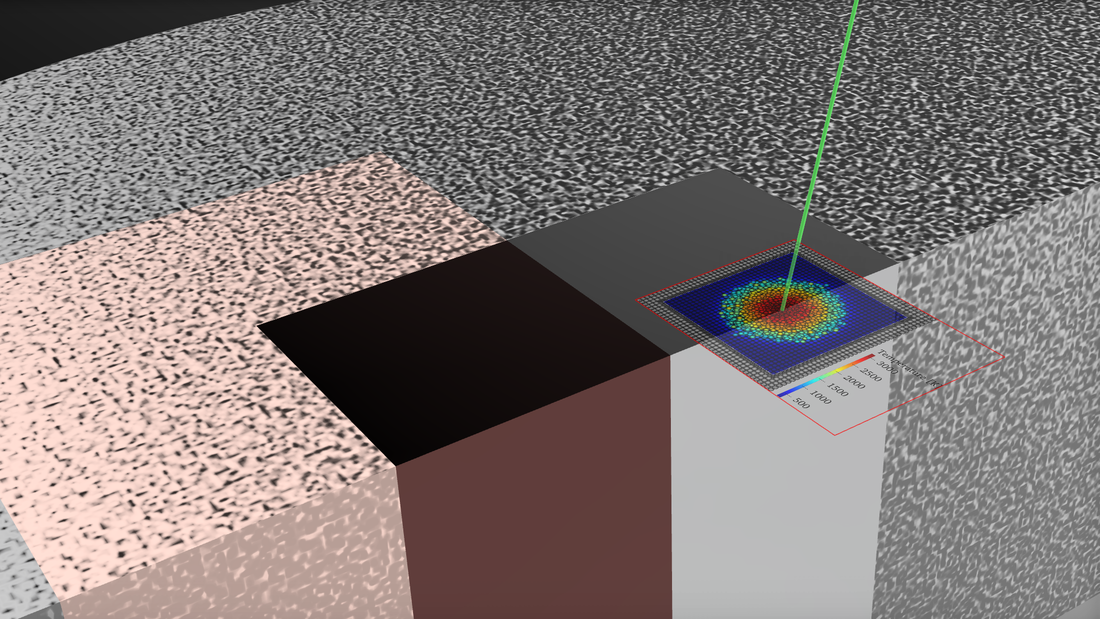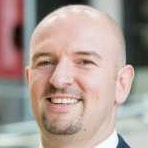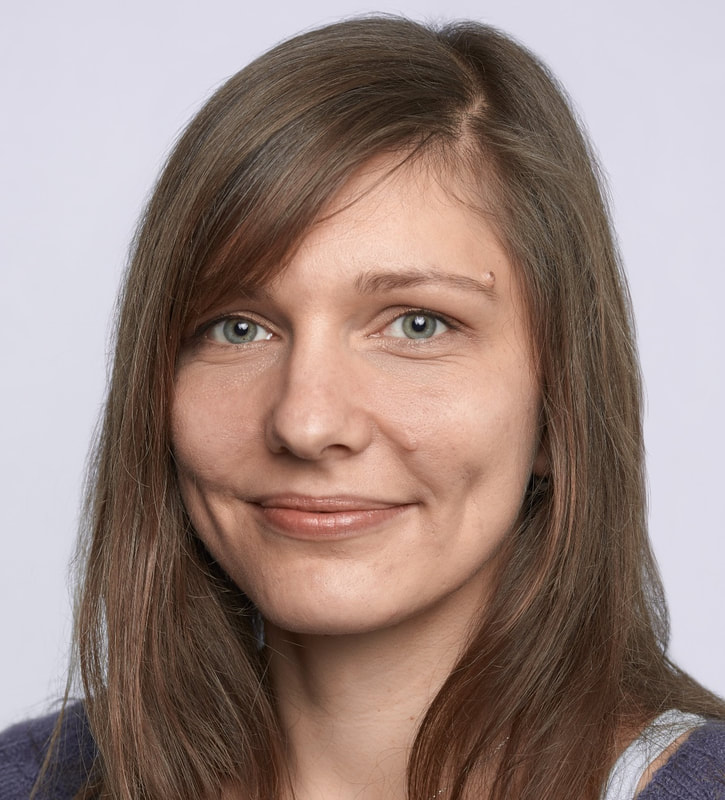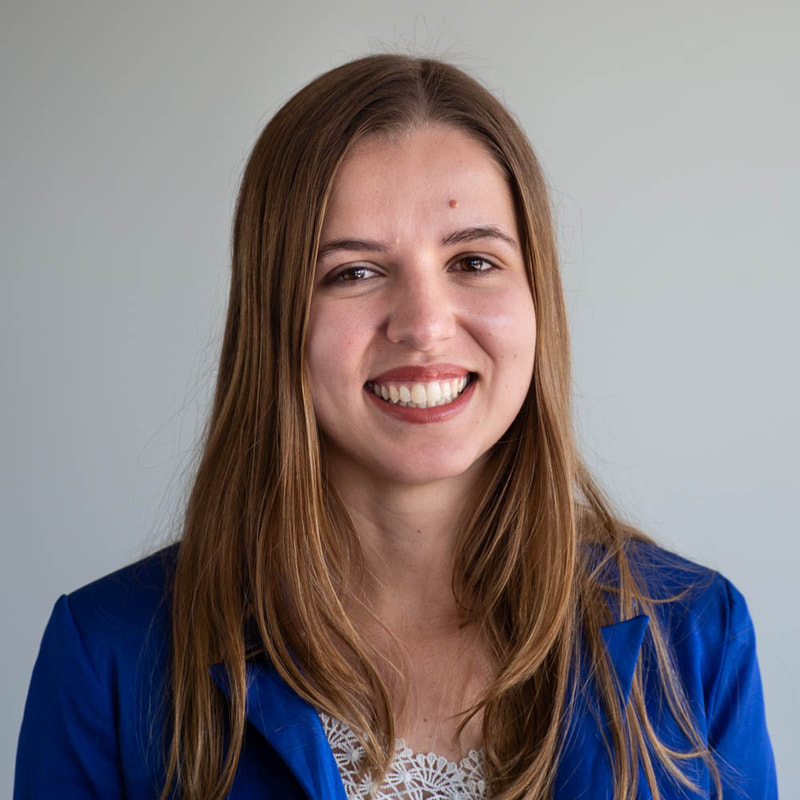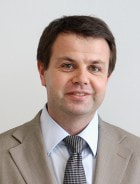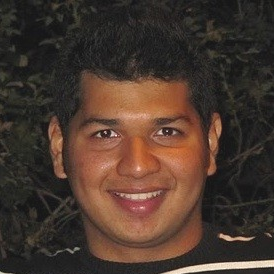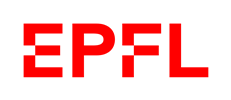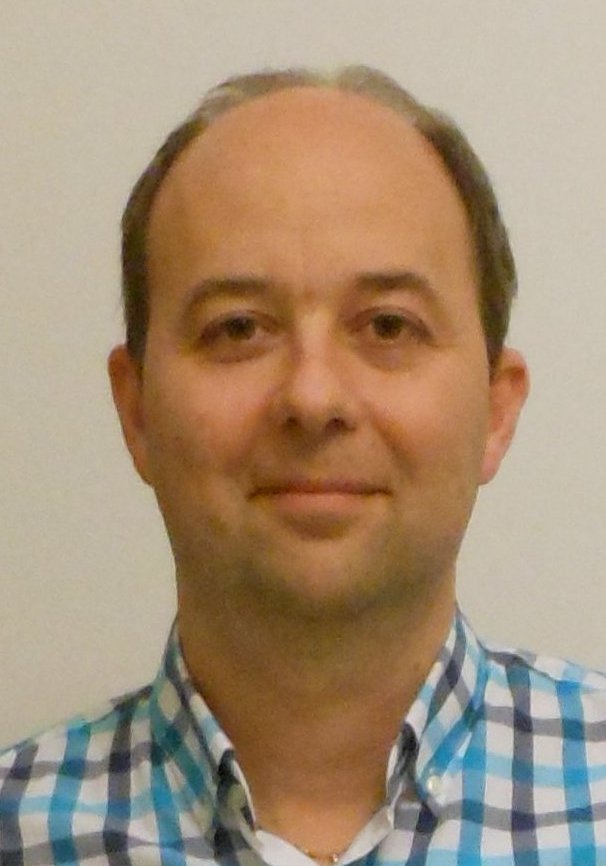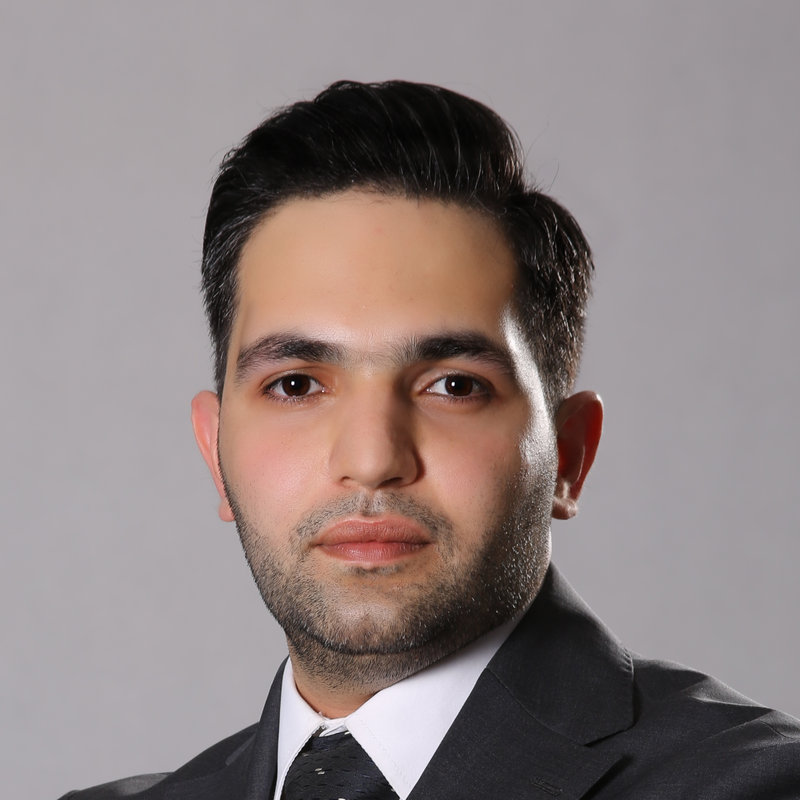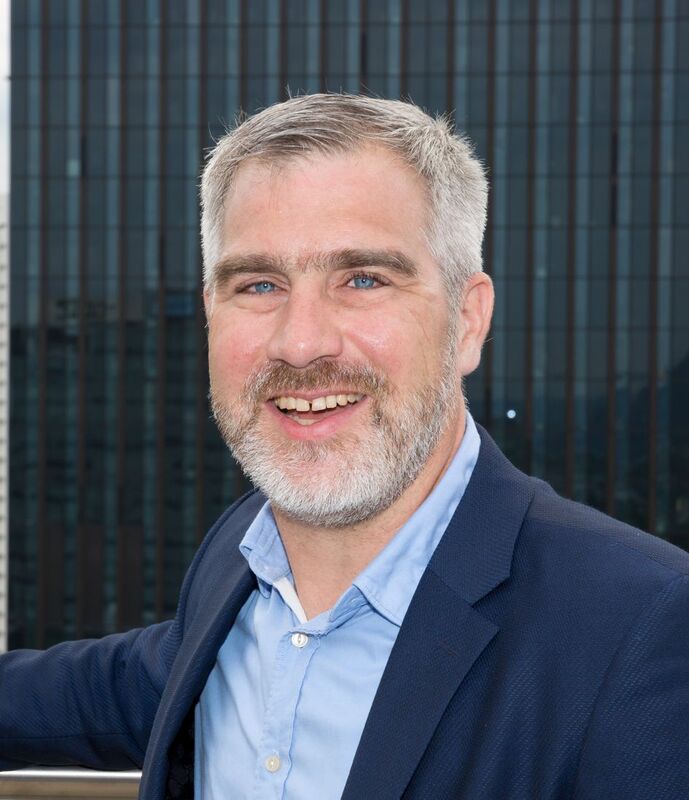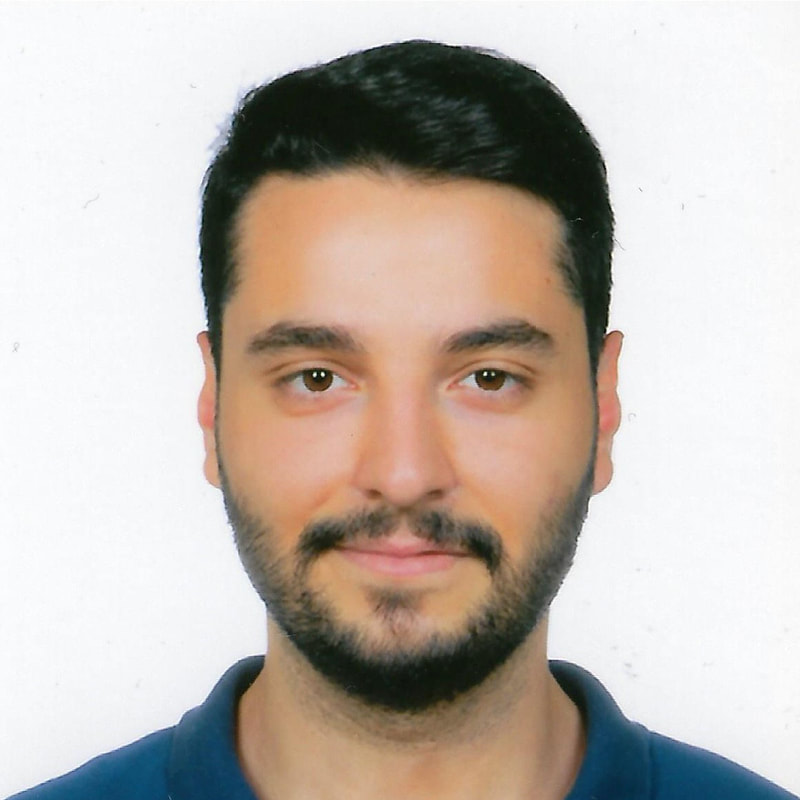Multi-Mat
Multi-material laser powder-bed fusion
Background and main goal
Laser powder-bed fusion (LPBF) is the most widely used additive manufacturing process for monolithic metal parts. Multi-material LPBF would allow for producing functional parts without joining and assembly operations and add 'function for free' as a new dimension to LPBF. In addition, it could pave the way for entirely new applications via 4D printing. The main idea followed in the Multi-Mat project is to tailor the laser exposure strategies in order to control penetration and dilution of melt tracks into the neighboring material to allow for sharp interfaces with defined properties, and to control the temperature fields in the volumes around the interfaces and hence the residual stresses. This requires synchronized multi-laser exposure strategies on the process level and a profound understanding of the thermodynamics and kinetics of melting, mixing, diffusion and rapid solidification at material interfaces. New fundamental research into operando multi-material LPBF experiments, advanced ex-situ microstructure characterization, computational and experimental thermodynamics and simulation and optimization of the laser exposure strategies is needed. Idea and approach
The key idea of the Multi-Mat project is to develop new methods for a mechanism-guided process design and operation as the laser exposure strategies need to be tailored to the metallurgical, thermal and mechanical compatibility of the mating materials. This requires an approach from two sides: Scientific breakthrough: mechanism-guided multi-material LPBF process design and operation Aiming at a thorough understanding of the physical phenomena, an in-depth analysis of the multi-material LPBF process is performed using lab-scale and operando multi-material LPBF experiments and combined with rapid solidification experiments to reveal the thermodynamics and kinetics of the rapid melting and solidification processes. Advanced material analytics will be used to understand the microstructure formation as well as the generation of residual stresses at the interface. The knowledge generated this way will be cast into models and used to tailor laser exposure strategies to the specific needs. Technological breakthrough: selective material deposition, contamination and powder recovery Printed thin-walled containers shall separate the individual powder volumes that are not molten and avoid mixing of different powder materials. The containers shield powder volumes of the different materials or confine the mixed powder to a small volume at the interface. Further measures are the analysis of the flight range of spatter particles, pre-sintering and application of binders to prevent spatter and ejected particles and the use of pre-fabricated inserts which avoid powder contamination entirely. Demonstrator
The demonstrators will be defined during the progress of the project. Technical challenges
Four main challenges need to be solved to allow for a breakthrough of multi-material laser powder-bed fusion:
Consortium
Involved and supporting industry partners
Will be disclosed at a later time. Key project data
Linked scientific publications
2023
2022
|
|
An initiative of the ETH Board
|
Participating Institutions of the ETH Domain
|

